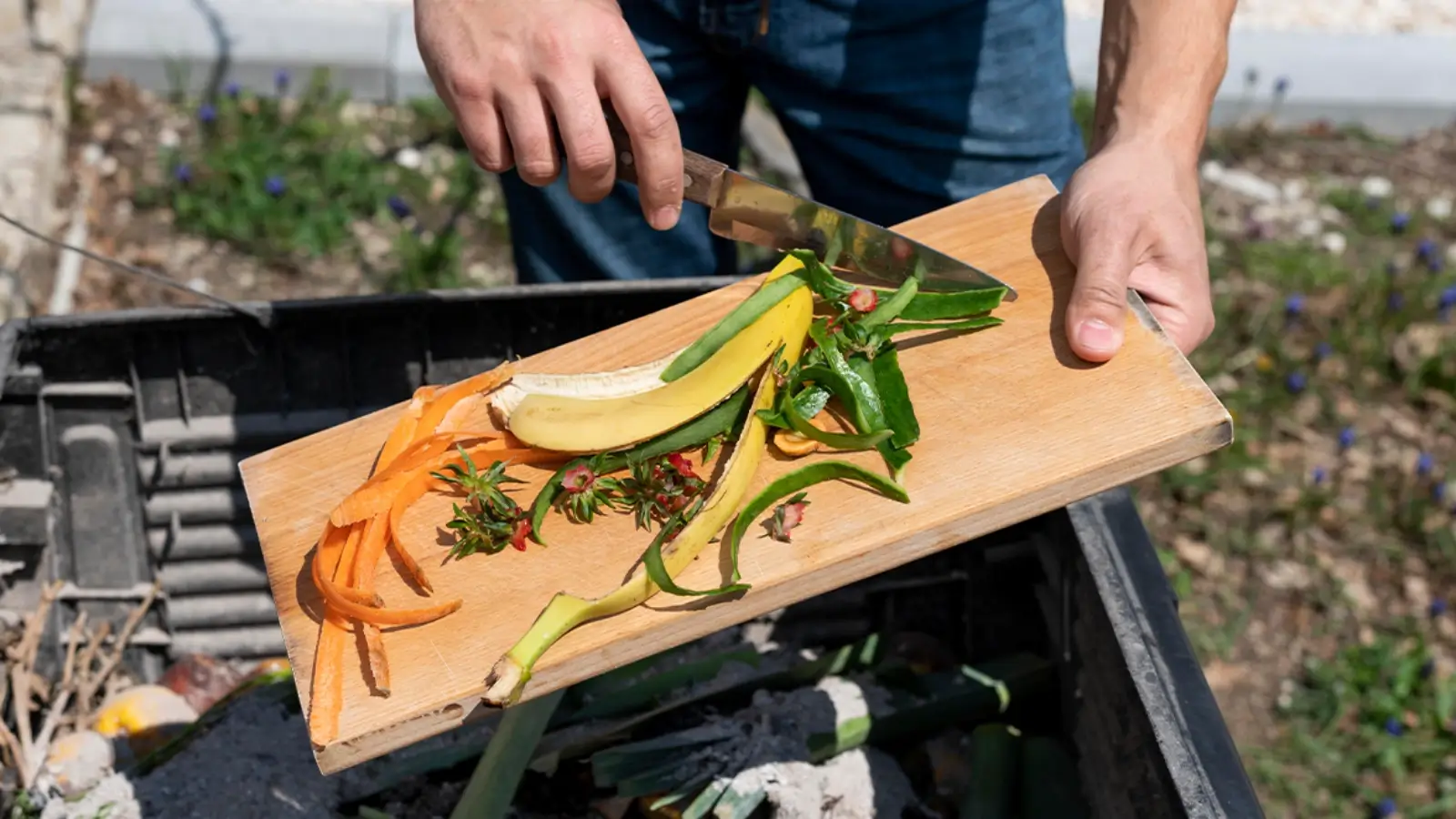


The restaurant industry is projected to reach $4.2 trillion by 2027, but with growth comes responsibility. Globally, nearly 60% of food produced in restaurants is wasted, making restaurants major contributors to environmental degradation. At the same time, consumer expectations are shifting: the Gitnux 2025 report found that 70% of diners prefer restaurants that prioritize eco-friendly practices, and more than half are willing to pay a premium for sustainably sourced food.
For restaurants, this creates an incredible opportunity. Eco-friendly dining isn’t just a moral obligation—it’s a competitive advantage. Green practices enhance brand reputation, save costs, and attract loyal customers who want their dining choices to align with their values.
As an AI-native, all-in-one POS and restaurant management platform, NOVA empowers operators to implement and track sustainability seamlessly—from reducing waste to optimizing energy usage—while delivering real-time insights that boost profitability. Beyond guest-facing solutions, NOVA also acts as powerful back of house software, helping restaurants manage inventory, streamline supplier relationships, and enforce SOPs with precision. By combining front-of-house efficiency with back-of-house intelligence, NOVA enables operators to build greener, smarter, and more profitable restaurants.
Eco-friendly practices drive efficiency. According to a study of 114 restaurants across 12 countries, every dollar spent on waste reduction returns seven dollars.
Simple strategies, such as switching off appliances when not in use or investing in Energy Star-certified equipment, can dramatically lower energy costs. Waste audits help identify portion sizes and menu items that consistently lead to leftovers. By minimizing waste, restaurants reduce both food and disposal costs.
With NOVA’s AI-driven inventory tools, restaurants can forecast demand more accurately, order precisely what they need, and avoid expensive spoilage.
Modern diners want to eat at restaurants that align with their values. By going green, you’re not only reducing waste but also strengthening your brand reputation. Guests who notice eco-friendly initiatives—such as sustainable packaging, plant-based menu options, or visible waste reduction practices—are more likely to recommend your restaurant via word-of-mouth.
Eco-conscious branding also provides powerful marketing opportunities. Highlighting sustainability milestones (“We reduced waste by 20% this quarter”) helps restaurants connect with their community and stand out in competitive markets.
Sustainability isn’t optional anymore—it’s increasingly mandated. In states like California and New York, restaurants are legally required to divert food waste, eliminate single-use plastics, and comply with sustainability reporting. Many local city and county governments are introducing packaging ordinances and offering tax incentives for energy-efficient upgrades.
On the consumer side, 66% of diners now expect restaurants to demonstrate environmental responsibility. Falling behind can mean both regulatory penalties and reputational damage.
NOVA’s AI-native platform helps restaurants:
Track food waste and optimize portion sizes.
Tag and promote sustainable menu options.
Streamline supplier management to favor local, eco-conscious vendors.
Adopt paperless operations and digital-first workflows.
By combining sustainability and profitability, NOVA ensures eco-friendly dining isn’t a burden, but a growth strategy.
Eco-friendly dining is no longer a trend—it’s the future of the restaurant industry. By embracing sustainable practices, restaurants can save costs, strengthen their brand, comply with regulations, and attract loyal guests.
With tools like NOVA, sustainability becomes seamless, measurable, and profitable. It’s time for restaurants to see going green not as an expense, but as a smarter way to grow. See how NOVA can help your restaurant reduce waste, save money, and delight eco-conscious guests.